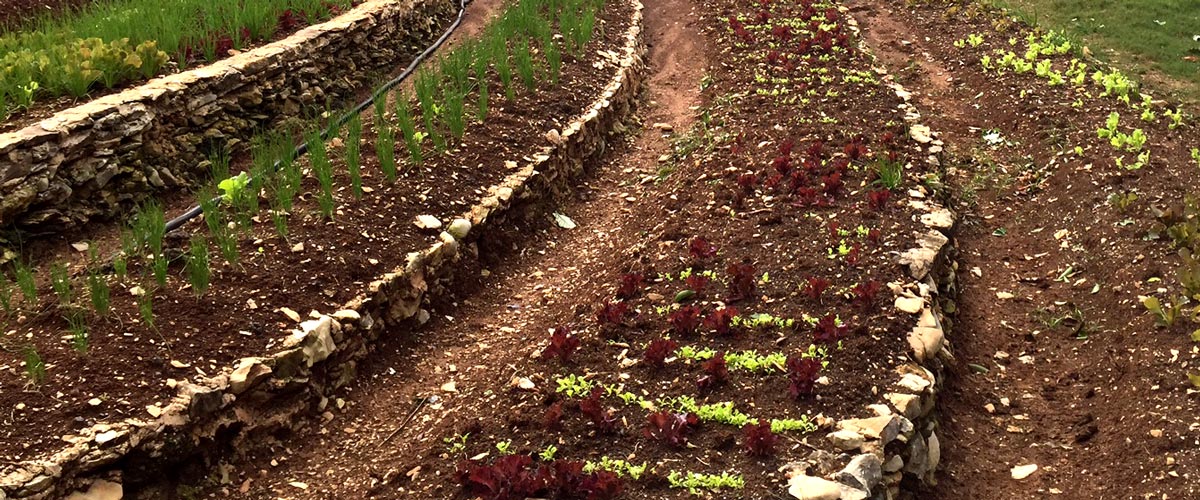
Building the Circular Bionutrient Economy
Lead Organization:
Poverty and Health Integrated Solutions (PHIS)
Partner Organizations:
CCRP project team led by Cornell University’s Professor Rebecca Nelson and members of the Nelson lab and Johannes Lehmann lab; off-campus site The Soil Factory (TSF)
Community of Practice:
Countries:
Kenya and Tanzania
Duration:
8/2022—8/2025
Overview:
From household to global scales, linear nutrient flows damage soil health, people, and the environment. At the territorial level, nutrients flow from rural areas to towns and cities, depleting agricultural soils and polluting urban and aquatic environments. While farmers in low- and middle-income countries such as Kenya struggle to maintain soil health, they and their urban counterparts lack effective sanitation and waste management systems.
Population growth and urbanization drive the crisis. Formal waste management and sanitation systems don’t serve the informal settlements in and around urban centers, contributing to declining food security, water pollution, and unhygienic environments. Food security is compromised by soil health deterioration and reduction in crop productivity and also by environmental enteropathy, a gut condition caused when people are exposed to contaminated water and food.
Fecal coliforms that pervade in the absence of sanitation systems dirty the water. Food is toxic when crop plants stressed by poor soil health aren’t able to resist colonization by mycotoxigenic fungi. Conventional sanitation, waste management, and agriculture approaches are associated with high levels of greenhouse gas emissions.
The above represents an opportunity to develop a circular bionutrient economy (CBE) at the nexus of agriculture, organic waste management, public health, and environmental integrity. Transforming polluting wastes into soil amendments and animal feeds contributes to the CCRP’s effort toward agroecological transitions that make food systems more sustainable, equitable, and healthy. Agroecological principles related to circularity, recycling, efficiency, synergies, resilience, and co-creation and sharing of knowledge will thus be implemented as will FRN principles, especially those related to equity and networking.
A subset of circular economy (CE), the CBE follows the principles of designing out waste and pollution, keeping materials in use, and regenerating nature. The CBE will be strengthened through recovery of food waste resources before and after consumption as well as other available and/or troublesome organic resources in the Lake Victoria basin (water weeds, agro-industrial, and/or slaughterhouse byproducts, etc.). Contributions will be made to articulate and test operational and social principles that guide a transition from the current scenario (soil depletion, a taboo around human excreta, and tolerance for waste and pollution) to people regarding waste management as an opportunity to nourish soils and livestock and improve livelihoods.
Grant Aims:
The overall goal is to contribute to the agroecological transition in the Lake Victoria basin in eastern Africa and beyond by advancing the CBE.
Specifically, the project seeks to:
- Provide a strategic framework for CBE system in the Lake Victoria basin, taking a OneHealth perspective that includes systems analysis to understand soil, plant, human, and aquatic health interconnections and links with sanitation, waste and waste management, women and youth employment, food security and safety, etc.
- Inform local work on “facilitated regional industrial symbiosis” through geospatial analysis to assess proximities and possibilities for combining underutilized resources.
- Contextualize and co-create CBE-mediated waste transformation systems in the Lake Victoria basin.
- Develop networks and pathways to impact to inform adaptation, innovation, and contextualized scaling.
Outputs and Outcomes:
Grant Aim 1
Outputs
- A strategic framework for CBE in the Lake Victoria basin developed; waste locations and potential utilization opportunities mapped
Outcomes
- Framework and its development process enabling team and others to better understand system that connects sanitation, waste management, agriculture, human health, environmental, and aquatic health in the region, together with key regulatory and cultural issues
- Publication of review/synthesis paper drawing on OneHealth concept
- Team empowered to tackle key nodes of system to strategically advance broader CBE goal in region and beyond
Grant Aim 2
Outputs
- Waste sources, quantities, uses, users, and exploitation opportunities in Lake Victoria basin established
Outcomes
- Maps clarifying locations of waste sources and potential users
- Hypotheses about credible ways in which waste flows improved to enhance food production, food security, water quality, and equity
- Critical analysis of equity impacts of different scenarios: Who will benefit or lose from each possible scenario?
Grant Aim 3
Outputs
- Black soldier fly (BSF)-mediated CBE-system prototyped, co-created, and contextualized in Lake Victoria basin
Outcomes
- Participatory establishment of BSF waste transformation site creating ownership of CBE system; site providing a hub (nucleus) for evidence gathering
- Experimental evidence on performance of agricultural enterprises (vegetable and poultry farming initially; fish farming later) with BSF-derived inputs (BSFF and BSFL) as well as stakeholder perceptions
- Standard operating procedures for establishment and management of a CBE facility that supports development of waste-to-value enterprises around sanitation and waste management
Grant Aim 4
Outputs
- Networks and pathways to impact necessary for contextualized scaling developed
Outcomes
- Stakeholder categories and networks integral to validation and contextualized scaling of CBE system and evidence building—including FRNs, Manor House Agricultural Centre (MHAC), the Agriculture and Environment team of the Catholic Diocese of Homabay, Nyalenda Young Turks, and United Destiny Shapers—driving CBE system in region
- Waste-to-value microenterprises that drive CBE system in place
- Awareness of (and capacity for) agroecology and CBE in the region and beyond
- Framework for innovation, adaptation, and contextualized scaling, including capacity building and network through hub